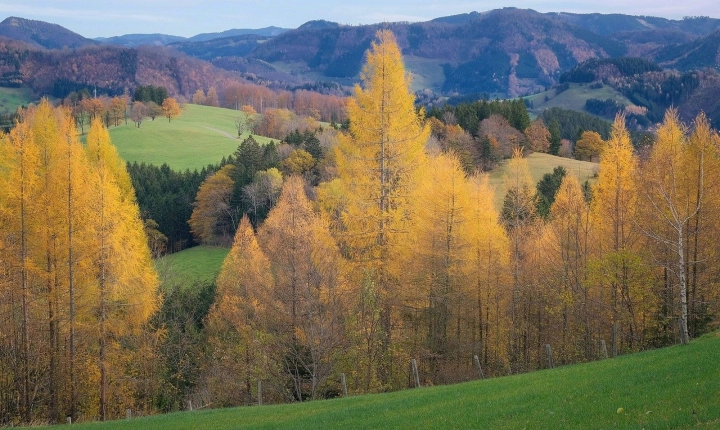Can ChatGPT Generate Videos? Exploring the Potential of AI-Generated Visual Content
In recent years, AI technology has made significant advancements in the field of natural language processing, enabling systems like ChatGPT to generate human-like text responses. However, the question arises – can AI systems like ChatGPT also generate videos? This intriguing concept has sparked interest in the potential of using AI to create visual content, opening up new avenues for creativity and innovation.
While ChatGPT itself is primarily designed for text-based interactions, there are AI systems dedicated to video generation that have made significant progress. These systems use techniques such as deep learning, generative adversarial networks (GANs), and reinforcement learning to produce complex and realistic visual content.
One of the most prominent examples of AI-generated video technology is deepfake, which uses AI algorithms to manipulate or generate video and audio content. Deepfake technology has been the subject of both fascination and concern due to its potential for creating highly convincing, yet misleading, visual and auditory content.
Beyond deepfakes, AI-based video generation has also been applied in fields such as filmmaking, animation, and video editing. These systems can intelligently analyze and synthesize visual elements to create compelling and dynamic video content.
The potential applications of AI-generated videos are vast. For example, AI could be used to create personalized video content for marketing campaigns, generate visual effects for movies and television shows, or even assist in video game development. Additionally, AI-generated videos could streamline the content creation process and enable artists and content creators to bring their ideas to life more efficiently.
However, the concept of AI-generated videos also raises important ethical and societal considerations. The potential for misuse of AI-generated visual content, such as deepfakes, has raised concerns about misinformation, privacy violations, and the erosion of trust in visual media.
Moreover, there are questions about the impact of AI-generated videos on traditional forms of visual storytelling and the livelihoods of professionals in creative industries. As AI technology continues to evolve, it is crucial to address these ethical and societal implications while harnessing the potential benefits of AI-generated visual content.
As of now, systems like ChatGPT are primarily focused on text generation and do not inherently support video production. However, it is not far-fetched to imagine a future where AI-powered systems could seamlessly integrate text and visual content generation.
In conclusion, while ChatGPT itself may not generate videos, the broader concept of AI-generated video content has already demonstrated significant potential. As AI technology continues to advance, the creative and practical possibilities of AI-generated videos will likely evolve and expand. It is imperative to approach this technology with a thoughtful and responsible mindset, considering the ethical, societal, and creative implications of AI-generated visual content.
